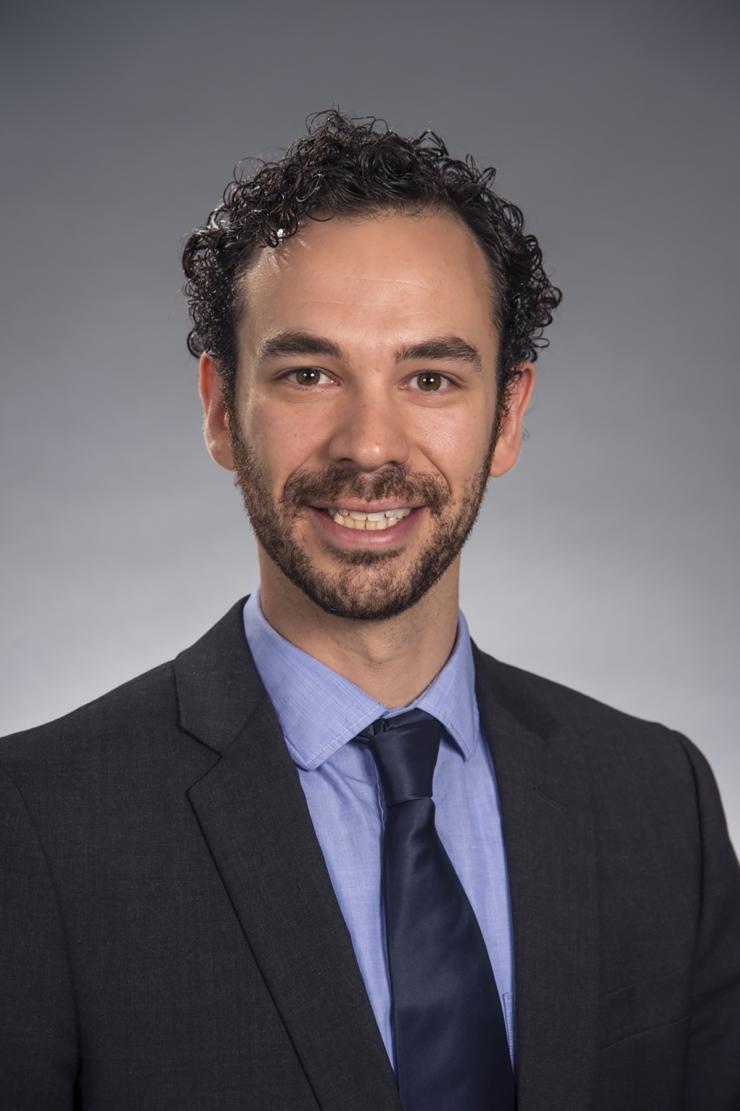Healing Under Pressure
Aug 27, 2020 — Atlanta, GA

The natural processes of wound or bone healing rely on the growth of new blood vessels, or angiogenesis. If someone breaks a bone, it is standard practice to apply a cast and immobilize the broken bone, so that healing can proceed without mechanical distortion.
After those initial stages of healing, applying surprising amounts of pressure can encourage angiogenesis, according to a new paper in Science Advances from Nick Willett’s lab.
“These data have implications directly on bone healing and more broadly on wound healing,” says Willett, assistant professor in the Wallace H. Coulter Department of Biomedical Engineering (BME) at Georgia Tech and Emory University. “In bone healing or grafting scenarios, physicians are often quite conservative in how quickly patients begin to load the repair site.”
Former BME graduate student Marissa Ruehle was the first author of the paper. She and her colleagues investigated how mechanical strain affects angiogenesis, when microvascular fragments are cultured in a collagen hydrogel.
Researchers applied pressure to the growing blood vessels to a degree that created five, 10 or 30 percent strain. The pressure, either early (zero to five days) or late (five to 10 days), was applied rhythmically in a way that simulated walking. Willett says he and his team expected (based on previous research) that 30 percent strain would hinder healing. Instead, the highest amount of strain pushed blood vessels to grow longer and branch more – but only when applied in the later stages.
“We originally hypothesized that 30 percent strain would be inhibitory both early and delayed, because it is such a large magnitude,” says Willett, a researcher in the Petit Institute for Bioengineering and Bioscience. “This finding highlights the differences in strain sensitivity between the early stage, when vessels are still forming, and more established networks.”
Ruehle and the other researchers were able to discern the effects of the mechanical strain on proliferation, and on the extracellular matrix – the mesh of proteins outside the cell. They also could take a peek at some of the genes whose activity was affected by high amounts of mechanical strain.
The authors say that modulating the timing of mechanical strain could be relevant for several scenarios of healing or regeneration, where rehabilitation and mechanical therapy could be used to enhance repair.
They write, “While we were initially motivated by bone tissue regeneration, a number of other tissues also experience ECM [extracellular matrix] forces; for example, ligaments and tends undergo tension, venous ulcers are often treated with compression bandages, and even cutaneous wounds experience tension during closure.”
CONTACT:
Quinn Eastman
Science Writer
Emory University School of Medicine
Visit the Emory Lab Land blog!
Twitter: @Eastman, Quinn




